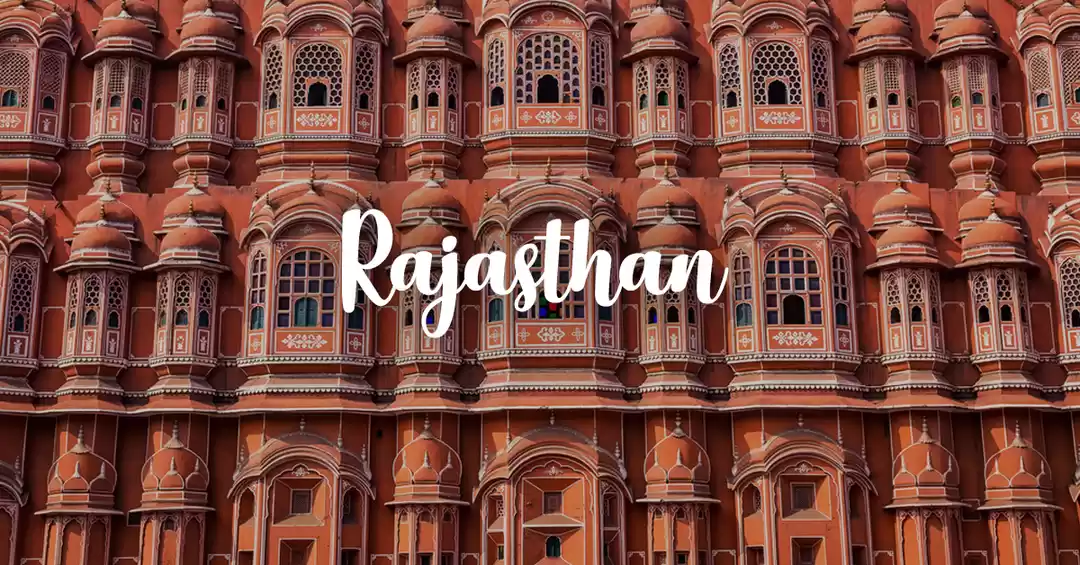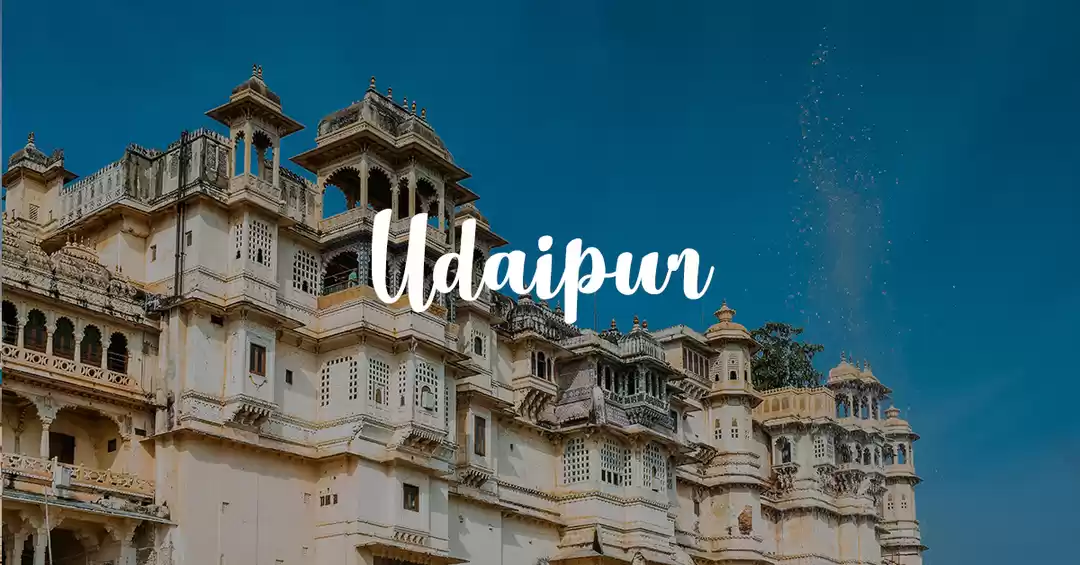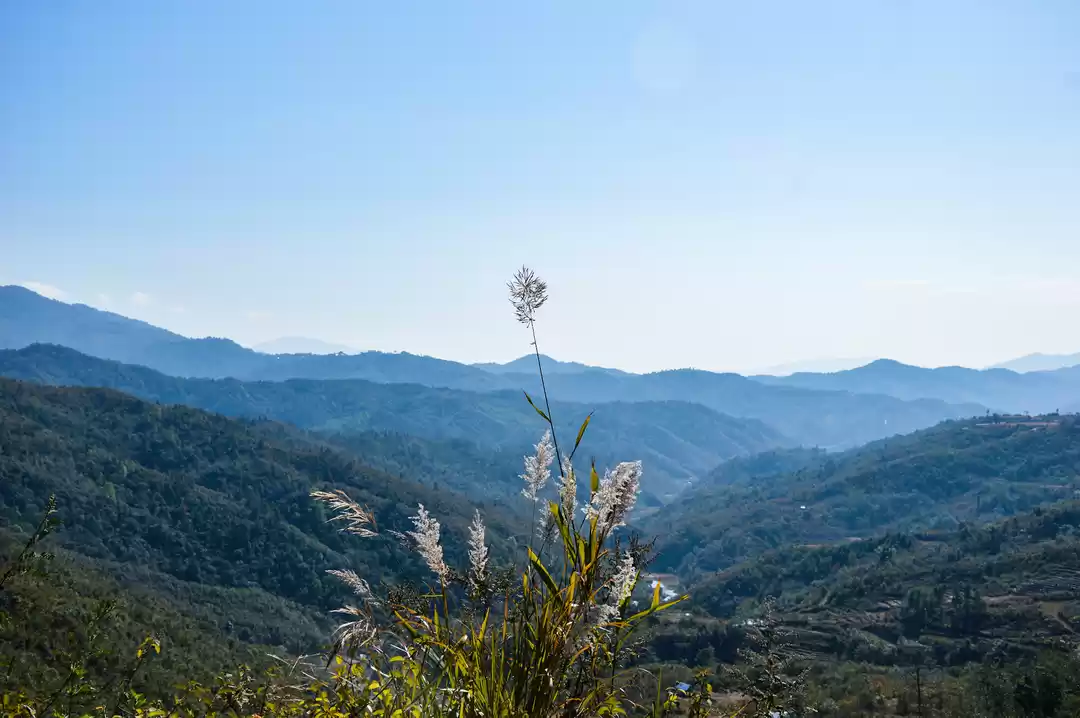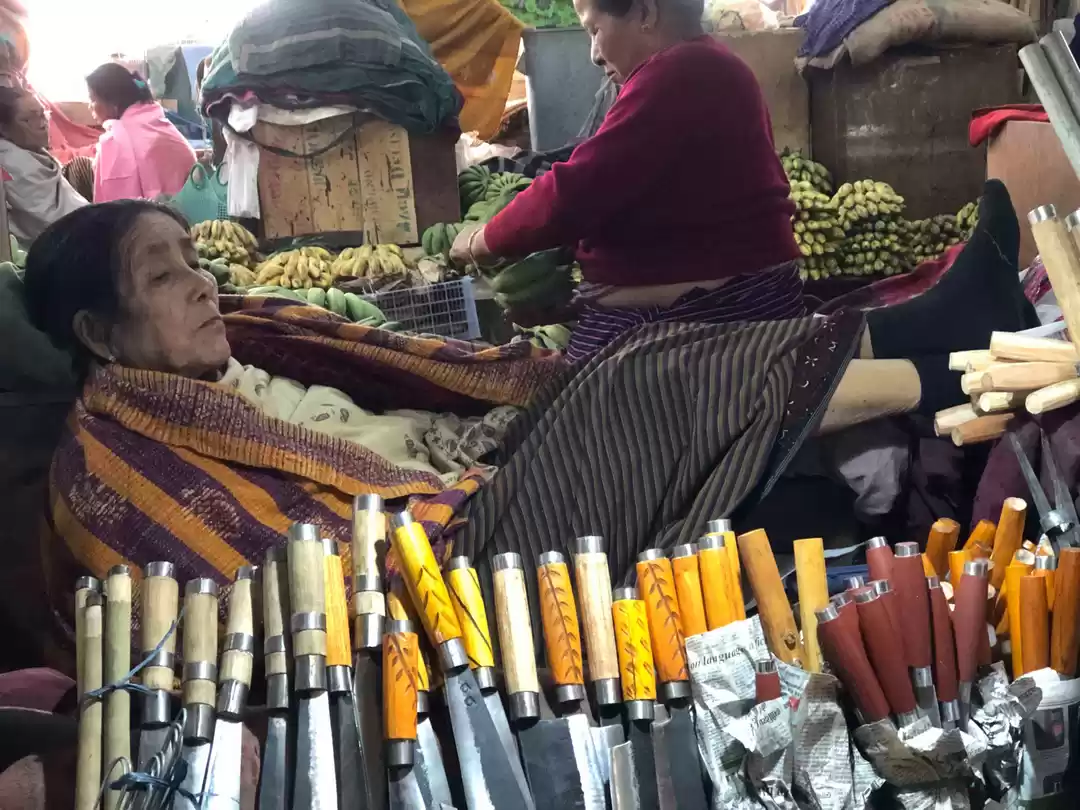
During childhood I used to associate Manipur with Loktak lake, Bir Tikendrajit Singh, Manipuri dance. But later on Manipur became more synonymous with woman power to me thanks to magnificent Mary and Ima Keithal - the women run markets in Manipur. I became fascinated and wanted to meet Mary and visit Ema Keithal. Fortunately I could see Mary Kom from close quarters and listen to her after participating in a race organized by PSPB. I decided that if and when I get the opportunity to go to Imphal I will visit Ima Keithel no matter what. When we went to attend Hornbill festival near Kohima, we went further ahead to Mao Gate in Nagaland - Manipur border and started planning for a Manipur trip. This holi we executed that plan and made a road trip to Manipur via Kohima.
We started from Jorhat on 16 th March, Wednesday evening and halted for the night at Itiben Resort near Dimapur so that we can reach Imphal around noon next day. This small resort with a nursery in the premises looks quite pretty and has a peaceful ambiance.

On Thursday morning we started early and stopped for breakfast at Midway Piphema at a place called Piphema on the way to Kohima. This newly constructed, rather still under construction, restaurant is very convenient for a pit stop with decent food, washroom and very warm staff. We had a hearty breakfast of puri, sabji, sweetmeat and tea.

We always have problem negotiating Kohima roads and usually reliable Google maps confuses us there. After somehow extricating ourselves out of Kohima road maze, we soothed our frazzled nerves by drinking sugarcane juice at Mao Gate from a road side vendor we got acquainted with on our previous drive to Mao Gate. He is from UP living in Manipur since long and is married to a local woman.

After another short break at Senapati, a township in Manipur, we reached Imphal at around one pm. In Imphal we first went to Shosha Kitchen for an authentic Manipuri meal. A place with interesting decoration it seemed quite popular. We opted for mini-meal which consisted rice, dal, boiled vegetable, chicken (with option for pork/beef etc.) and baked yogurt. The meal was delicious and reasonably priced.

Our hotel Classic Grande was nearby and we checked in. The hotel with its well-appointed rooms, good service and impressive buffet breakfast is an excellent place to stay in Imphal.
We came to know that in Imphal everything closes early. So after checking in we straightway headed to Ima (mother) Keithel (market). This largest all-women market in Asia was established in the 16th century following the imposition of the labour system, lallup-kaba, a forced labour system which required male members of the Meitei community to work in distant lands or to serve in the army. So women had to support their households by cultivating their fields or weaving textiles and then selling the products on improvised markets. The improvised market led to the formation of the organized Ima Keithel and was the primary permanent market in Manipur until the 20th century. It has withstood hard times during British raj and 2016 earthquake. The present market complex consists of three large buildings split into two sections on either side of the road. The buildings are segregated into textile housing sections and household groceries sections. It hosts around 5,000-6,000 women vendors and maintains a custom of only allowing women who have been married at least once to set up stalls. It was a once in a life time experience and I soaked in the lively atmosphere buying some beautiful textile products and also some tit-bits.



Next we went to visit Kangla Fort, the double moated palace fort of the kings of Manipur. We hired a buggy service as it would have been difficult to cover the huge premises on foot within the one hour we had before closing time of 5 pm. A very pleasant young girl, Seleja, a Post-Graduation student of tourism was our enthusiastic guide. The foremost historical and archaeological site of Manipur has an array monuments hailing both from the Meitei and the British eras namely 'Uttra', the traditional coronation hall of Manipuri kings; two gigantic statues of 'Kangla-Sha', a mythical creature believed to be the protector of Kangla, just in front of Uttra; remains of Shree Govindajee Temple destroyed during an earthquake in 1868 AD and now shifted to outside the fort complex; Ebudhou Pakhangba Temple, dedicated to Pakhangba, the primitive serpentine dragon god of the Meitei religion; the polo ground (polo originated in Manipur and the British spread the word around the globe, thus popularizing the sport); Hijagang or boatyard, which showcases two traditional Manipuri longboats; General Slim's Cottage, who was the famous British General during World War II; the museum, which deftly shows the history of Manipur (we could not see this as it closes at 4pm); cremation site of last ruler Maharaja Bodhachandra Singh. The British occupied Kangla Fort as a British reserve until their departure in 1947. The fort remained closed to the Manipuri public and was occupied by the Indian paramilitary forces. Manipur acceded to the Indian Union in 1949 and in 2004 Kangla Fort was returned to the people of Manipur after a series of public agitations.



The Holi, known locally as Yaoshang, is celebrated with exuberance. Yaoshang is celebrated for 5 days beginning with a puja on the evening of the full moon with the burning of 'yaoshang' (a small thatch hut/straw hut) which is constructed with bamboo and straws. Friday was the second day of holi after puja in the preceding evening. We went to Shree Govindjee temple in the morning and could witness the arati at 8:30 am. People attired in traditional dresses thronged the temple to take part in arati. The young girls in Phanek and Inaphi made a pretty sight.

We went back to hotel for breakfast and afterwards started for Loktak. Throughout Yaoshang a mix of games and sports competitions are held at the various grounds in each locality. The sports festival is kicked off on second day with a torch relay through the streets that originates either at the Kangla, or the Shri Govindajee Temple. We met many such relays.

Children visit nearby homes showering blessings of success and long and healthy life and receive monetary gifts as a donation from the households in return. This part of the celebration is called "nakatheng". Young girls block roads with ropes to collect money from people passing by and our car was also stopped several times. However they don't insist if anyone shows unwillingness to contribute.
On the way to Loktak we visited Imphal Peace Museum built by the Government of Japan in 1994 for commemorating 50 anniversary of the Battle of Imphal. It is a very beautiful and well maintained museum which speaks the words of both the victor and vanquished and make anyone realize the dreadful consequence of any war.

We also visited an old Bishnu Mandir at Bishnupur which is now under the aegis of Archaeological Survey of India.

Next stop was INA museum at Moirang. It extensively covers the life of Netaji with lots of photographs, letters and other documents on display.

We reached Loktak around noon and went to Chauba Ching view point which gives a drone like view of Loktak Lake with its phumdis, floating biomass islands.

For lunch we had an invitation from my classmate Ibungton. He is working with IOCL and posted presently in Kolkata. Fortunately he came to his hometown Imphal with a guest family who wished to visit Manipur. Ibu took the family to Loktak on the same day we went there and called us to join them for lunch at Sendra Resort. Sendra Resort is owned by Classic Hotel chain and is a well maintained resort at a beautiful location. I met Ibu first time after college and we had a very pleasant time catching up over lunch.

Taking leave from Ibu we went to the homestay we booked for our night stay in Loktak. The Loktak Aquamarine homestay is right on the middle of Loktak Lake and can be accessed only through small boats. It was already afternoon and we got to watch the sunset on our boat ride to homestay. It consists of a few pretty huts and the care taker staff is from local fisherman community. They are very friendly and hospitable. Communication is mostly through gestures and smiles as they can hardly speak Hindi. The food is simple yet delicious. The basic amenities are in place. We chose this for a close to nature experience. The view is surreal as we watched sunset, moonrise and sunrise surrounded by the tranquil lake covered with phumdis and pretty purple water lilys.



We went for an early morning boat ride next day when we could see fishermen catching fishes and lots of birds. Our boatman was singing melodiously making it even more enjoyable.

Post a hearty breakfast, we went to Keibul Lamjao National Park which was a short car ride of away. It is famous for Sangai Deer, state animal of Manipur, also known as dancing deer for their walking gait. In the park one can go for boat ride for a better chance of having closer look at Sangai deers living there on phumdis as they are very shy and difficult to sight. The guards showed us a Sangai Deer through binocular but it was not a very clear sight to us.
Now was the time to come back to Imphal for the last leg of our Manipur trip. We reached Imphal around noon and almost the whole Imphal was closed due to Yaoshang festival including Ima Keithel and local restaurants. Luckily Shosha Kitchen was open and we had another delightful meal there, this time a buffet spread. We checked back into Classic Grande. The hotel staff was also in festive mood and traditional dress. After sometime Ibu came to pick us up to attend a function to celebrate Yaoshang. We listened to very melodious devotional holi songs and other performances. The highlight was an informal session of Thabal Chongba. It's a traditional dance where participants hold hands and is performed in the streets which lasts late into the night. It was such a delightful experience participating in Thabal Chongba smeared with colours. Ibu introduced me to a senior alumnus of our college. Everyone present was very friendly and greeted us warmly. We felt fortunate to be part of such a nice celebration and grateful for the hospitality shown towards us.

Next day, which was Sunday we left Imphal with hearts full with happy memories as colourful and joyous like the colour played in Yaoshang.

























